Refine search
Actions for selected content:
8126 results in Fluid dynamics and solid mechanics
8 - Free-surface flows with waves and intersections with rigid walls
-
- Book:
- Gravity–Capillary Free-Surface Flows
- Published online:
- 07 September 2010
- Print publication:
- 15 July 2010, pp 210-243
-
- Chapter
- Export citation
Index
-
- Book:
- Gravity–Capillary Free-Surface Flows
- Published online:
- 07 September 2010
- Print publication:
- 15 July 2010, pp 318-318
-
- Chapter
- Export citation
Frontmatter
-
- Book:
- Gravity–Capillary Free-Surface Flows
- Published online:
- 07 September 2010
- Print publication:
- 15 July 2010, pp i-vi
-
- Chapter
- Export citation
7 - Nonlinear free-surface flows generated by moving disturbances
-
- Book:
- Gravity–Capillary Free-Surface Flows
- Published online:
- 07 September 2010
- Print publication:
- 15 July 2010, pp 191-209
-
- Chapter
- Export citation
1 - Introduction
-
- Book:
- Gravity–Capillary Free-Surface Flows
- Published online:
- 07 September 2010
- Print publication:
- 15 July 2010, pp 1-6
-
- Chapter
- Export citation
2 - Basic concepts
-
- Book:
- Gravity–Capillary Free-Surface Flows
- Published online:
- 07 September 2010
- Print publication:
- 15 July 2010, pp 7-30
-
- Chapter
- Export citation
11 - Time-dependent free-surface flows
-
- Book:
- Gravity–Capillary Free-Surface Flows
- Published online:
- 07 September 2010
- Print publication:
- 15 July 2010, pp 301-307
-
- Chapter
- Export citation
9 - Waves with constant vorticity
-
- Book:
- Gravity–Capillary Free-Surface Flows
- Published online:
- 07 September 2010
- Print publication:
- 15 July 2010, pp 244-277
-
- Chapter
- Export citation
10 - Three-dimensional free-surface flows
-
- Book:
- Gravity–Capillary Free-Surface Flows
- Published online:
- 07 September 2010
- Print publication:
- 15 July 2010, pp 278-300
-
- Chapter
- Export citation
6 - Numerical computations of nonlinear water waves
-
- Book:
- Gravity–Capillary Free-Surface Flows
- Published online:
- 07 September 2010
- Print publication:
- 15 July 2010, pp 148-190
-
- Chapter
- Export citation
ANZ volume 51 issue 2 Cover and Front matter
-
- Journal:
- The ANZIAM Journal / Volume 51 / Issue 2 / October 2009
- Published online by Cambridge University Press:
- 09 July 2010, pp. f1-f2
-
- Article
-
- You have access
- Export citation
ANZ volume 51 issue 2 Cover and Back matter
-
- Journal:
- The ANZIAM Journal / Volume 51 / Issue 2 / October 2009
- Published online by Cambridge University Press:
- 09 July 2010, pp. b1-b6
-
- Article
-
- You have access
- Export citation
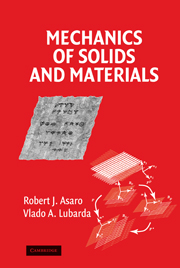
Mechanics of Solids and Materials
-
- Published online:
- 06 July 2010
- Print publication:
- 16 January 2006
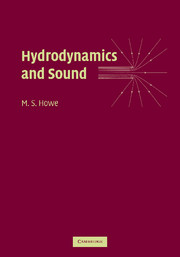
Hydrodynamics and Sound
-
- Published online:
- 06 July 2010
- Print publication:
- 23 October 2006

Lagrangian Fluid Dynamics
-
- Published online:
- 06 July 2010
- Print publication:
- 09 March 2006
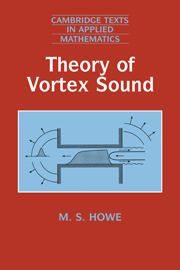
Theory of Vortex Sound
-
- Published online:
- 06 July 2010
- Print publication:
- 17 October 2002
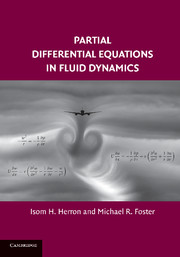
Partial Differential Equations in Fluid Dynamics
-
- Published online:
- 06 July 2010
- Print publication:
- 28 July 2008
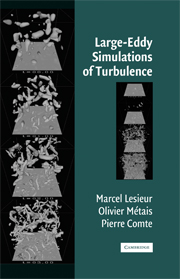
Large-Eddy Simulations of Turbulence
-
- Published online:
- 06 July 2010
- Print publication:
- 22 August 2005
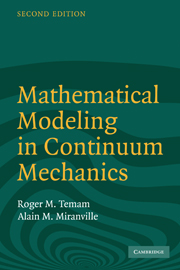
Mathematical Modeling in Continuum Mechanics
-
- Published online:
- 06 July 2010
- Print publication:
- 19 May 2005
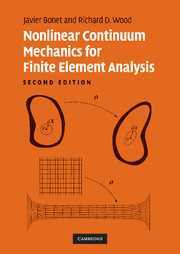
Nonlinear Continuum Mechanics for Finite Element Analysis
-
- Published online:
- 06 July 2010
- Print publication:
- 13 March 2008
